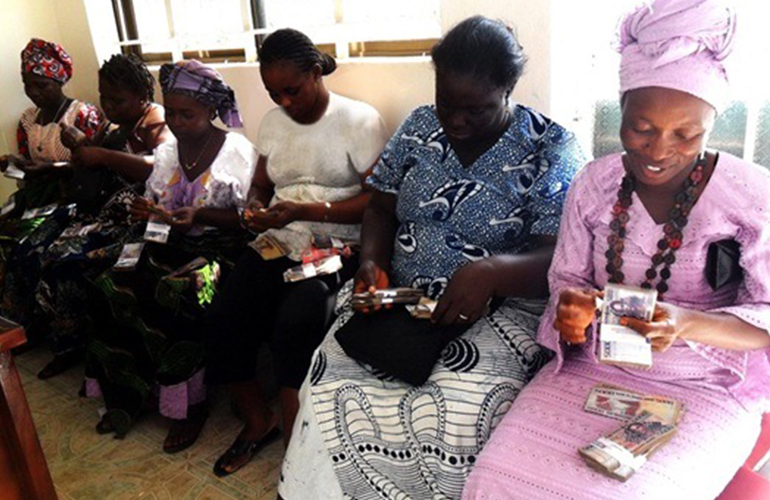
In the realm of modern banking, the intersection of financial inclusion and criminal justice reform has garnered significant attention. The notion of extending banking services to individuals who are currently incarcerated may elicit varied responses, prompting inquiries into the underlying societal implications and the mechanisms that facilitate such initiatives. This article seeks to elucidate which banks have adopted policies allowing inmates to open accounts, the rationale behind these practices, and their broader implications for rehabilitation and reintegration into society.
As financial isolation is a prevalent issue for many prisoners, the ability to manage funds while incarcerated serves to support their rehabilitation and transition post-release. Banks that facilitate inmate accounts typically offer products that are specially tailored to accommodate the unique circumstances of this demographic. These accounts often come devoid of standard fees traditionally associated with banking services, thereby reducing financial burdens during incarceration.
Several financial institutions have emerged as leaders in providing banking services to inmates, and their policies vary widely. Herein is an overview of some key players in this space:
1. JPay
JPay stands out as a prominent service provider that partners with various state correctional facilities to facilitate financial transactions. Their platform allows inmates to receive funds from friends and family members through electronic transfers, which significantly enhances the ease of access to financial resources. Furthermore, JPay’s services extend beyond merely opening accounts; they also provide access to educational and entertainment resources, which are invaluable to fostering a productive environment within correctional facilities.
2. Access Corrections
Access Corrections is another innovative financial service that enables family and friends to deposit money into inmates’ accounts. They operate with a focus on transparency and efficiency, ensuring that deposit transactions are expedited and securely processed. Banks affiliated with Access Corrections often feature low transaction fees and user-friendly interfaces, catering specifically to the needs of both the inmates and their support networks.
3. Western Union
Although Western Union is predominantly recognized for its money transfer services, it also plays a role in inmate banking through partnerships with correctional facilities. This company provides a vital link for family members to send funds to their loved ones, thereby facilitating financial support during incarceration. Furthermore, with a global reach, Western Union allows for international remittances, presenting a solution for families separated by borders.
4. Green Dot Corporation
Green Dot functions as a bank that embraces a broader approach to financial inclusion. They provide prepaid debit cards that can be loaded with funds, allowing for expenditure flexibility and financial autonomy for inmates. Such innovations represent an intriguing shift towards addressing the fiscal restraints commonly encountered by those who find themselves ensnared in the penal system.
5. Bank of the West
Bank of the West has embraced a corporate social responsibility framework that aligns with promoting rehabilitation through financial services. They have developed specific programs aimed at assisting incarcerated individuals in managing their finances effectively. By offering educational resources and financial literacy workshops, they serve to empower inmates—preparing them for a more seamless reintegration into society upon their release.
The emergence of these banking solutions for inmates underscores a broader societal shift towards rehabilitation rather than mere punishment. The prevailing idea is that providing access to basic financial services can significantly alter the trajectory of an individual’s life. Financial stability is often a precursor to successful reintegration, reducing recidivism rates and fostering a more inclusive environment for former inmates.
One common observation regarding these initiatives is the multifaceted rationale behind enabling such banking practices. Many advocates argue that allowing inmates to maintain financial ties through bank accounts facilitates stronger family connections and sustains emotional support during their incarceration. Financial resources can also empower inmates to pursue opportunities for personal development, such as purchasing educational materials or engaging in skill-building programs offered within the prison system.
However, while the concept may seem straightforward, there exists a tangled web of challenges and criticisms associated with these banking opportunities. Some argue that the commodification of inmate banking can lead to exploitative practices, where companies charge exorbitant fees for basic services. Critics often voice concerns that financial institutions profit from the vulnerabilities of incarcerated individuals and their families, raising ethical questions about the balance between service provision and profit motivation.
Furthermore, the digital divide presents an inherent barrier. As a significant percentage of incarcerated individuals come from marginalized communities with limited access to technology, reliance on digital banking solutions may inadvertently perpetuate existing inequalities. Initiatives aimed at democratizing access to banking services must take into account the diverse needs of incarcerated populations; otherwise, they risk exacerbating the very disparities they seek to address.
Despite these challenges, the trajectory towards financial inclusion for inmates represents a pivotal step in redefining societal perceptions of rehabilitation. The banking sector’s willingness to adapt and cater to the needs of individuals within correctional facilities suggests a transformative potential. Each account opened is not merely a financial transaction; it signifies a commitment to reintegration and a renewed opportunity for personal agency.
In conclusion, the exploration of banks that allow inmates to open accounts highlights a critical intersection of finance, justice, and social responsibility. As more institutions prioritize inclusive practices, the conversation surrounding the moral and ethical dimensions of such policies will likely evolve, presenting opportunities for innovative solutions to some of society’s most pressing challenges. In sum, creating pathways for financial inclusion signals a profound acknowledgment of the human capacity for change, urging a collective reexamination of societal attitudes towards those who have erred but seek redemption.
